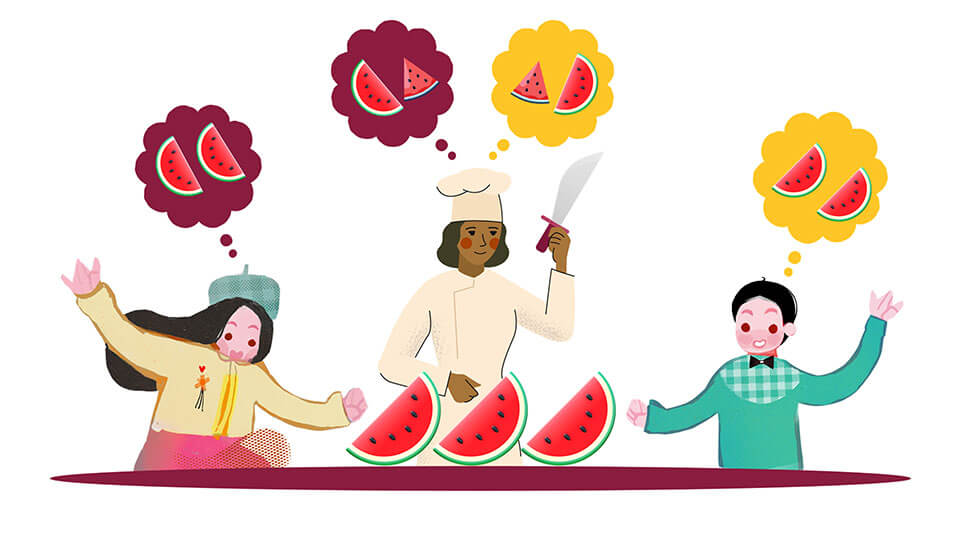Moral character
Practices | Identify and acknowledge fundamental values

Distinguish the values that are important to the individuals, team, community and learning environment and ensure that the process, structures, and solutions honor, appreciate, and reflect the identified values.
1. Highlights
Values are the “why” behind what we do, but often they are not clearly stated or even consciously recognized. By articulating our own values as well as the values of those around us, we can better understand and navigate conflicts and ensure that our decisions, actions and solutions will align with our values, not work against them.
Articulate our own values and those of the community around us
Work through differences in values and seek to find commonalities
Develop creative, equitable solutions based on shared values
When we identify and acknowledge fundamental values by being clear about what matters most, we establish a compass to direct our decisions and actions — whether those actions are those we take in our personal or professional lives or whether they are the policy decisions made within educational institutions. In a learning community, we often hold different values, and, if not handled well, these differences can lead to conflict between individuals. In pluralistic situations like this, we need to engage in empathetic, honest and humble deliberations — working inclusively to engage everyone affected by a problem — to identify the values that should guide us in making fair and equitable decisions.
Understanding both our own values and those of others in our learning communities — including students, parents, fellow educators or others in our larger community — can lead to creative solutions which benefit from the diverse perspectives of our communities. In contrast, failure to consider these values can lead to innovations which are highly contested, inequitable and fail to address the core concerns of those whom the innovations are designed to serve.


2. Context

Student agency through civic engagement
Video
7 minutes
By: Principled Innovation® (PI)
Please get to know your values
Article
5 minutes
By: Forbes
Why values matter
Video
10 minutes
By: Jan Stassen, TEDx
Values sort
Tool
30 minutes
By: Principled Innovation® (PI)
Access our collection of +200 learning materials
PI toolkit library4. Connect the dots
How could this practice be enacted through the Moral assets?

Fairness
Fairness calls us to recognize that our place in society is shared with others who may have competing value systems. Designing solutions that equitably serve diverse stakeholders requires a clear understanding of what those stakeholders’ values are.

Honesty
Creating an environment in which stakeholders are comfortable in honestly sharing their beliefs and values requires the creation of learning environments which respect and reward truthfulness, whether or not that truth is welcomed or inconvenient.

Humility
By recognizing that we always have more to learn, humility helps us to identify our own values while knowing that others prioritize different ones, setting the stage for continued learning and understanding.

Empathy
Empathy plays a central role in helping us to more deeply understand others’ values and in helping us to circumvent or navigate conflicts in a pluralist and democratic society.
